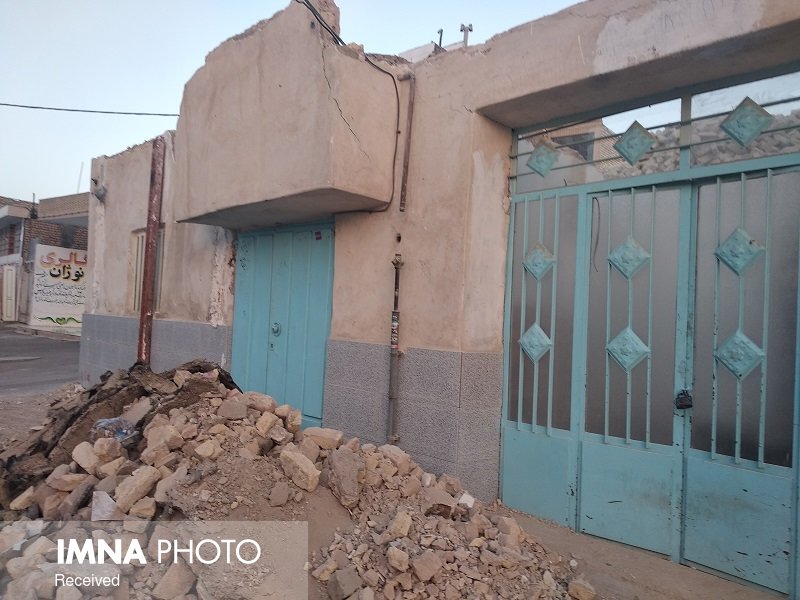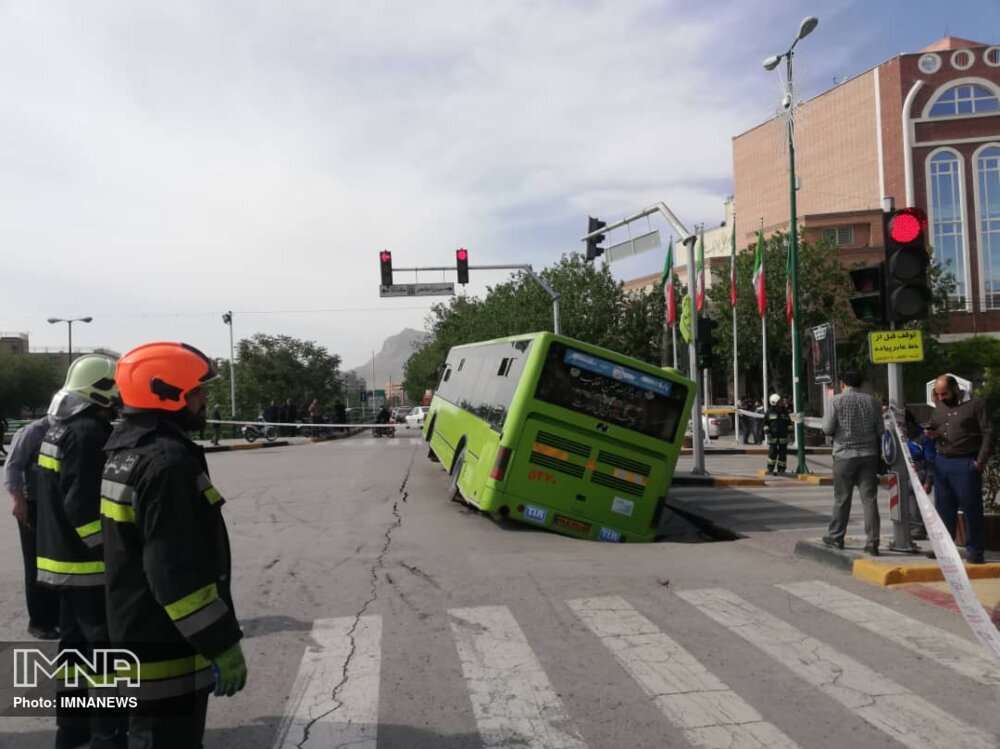Iran (IMNA) - Land subsidence, a gradual settling or sudden sinking of the Earth's surface due to subsurface movement of earth materials is mainly caused by aquifer-system compaction, drainage, and decomposition of organic soils, underground mining, oil and gas extraction, hydro compaction, natural compaction, sinkholes, and thawing permafrost.
Subsidence results in significant economic losses in the form of structural damage and high maintenance costs. This affects roads and transportation networks, hydraulic infrastructure, sewage systems, buildings, and foundations. The total damage worldwide is estimated at billions of dollars annually.
Gholam-Ali Jafarzadeh, head of the National Cartography Center, said that the rate of land subsidence in the country is increasing day by day, while the performance of the responsible bodies is not satisfactory.
Emphasizing the need to review the operation of wells, groundwater withdrawal, and water resources management, he lamented that some 29 provinces are currently at risk of subsidence.

If this trend is not stopped, there will be great environmental degradation, he further regretted.
Jafarzadeh went in to say that so far, 110 points and 44 regions in the country have been monitored by this organization in terms of subsidence, and all data have been sent to the relevant authorities, but no attention was paid to reduce this environmental crisis.
The way out of this crisis is to close the wells from now on, to stop the extraction of water from underground resources, and to implement the plans for the maintenance of land reserves, he suggested.
Criticizing the method of collecting surface water, he emphasized that under the pretext of collecting surface water, the ground has been asphalted, which has reduced the permeability of the ground.
Major causes
He named two factors of climate change and human intervention as the most important factors of land subsidence in the country and noted that It is expected that we take measures to reduce the pressure on the environment.
Over the past decades, groundwater exploitation has increased dramatically due to permanent droughts, leading to aquifer depletion.
Alireza Shahidi, head of Geological Survey and Mineral Exploration said in May that 80 percent of the groundwater is withdrawn annually in Iran, which outpacing the global rate.
In the whole world, water resources withdrawal is between 3 to 20 percent, and when it reaches 40 to 60 percent which is considered problematic, and it will be a crisis when exceeding 60-80 percent, Shahidi noted.
Over the past decades, some of the aquifer levels dropped by 100 centimeters.
Inefficient irrigation methods in addition to digging illegal wells are the other main causes of groundwater extraction-induced subsidence, as out of 50,000 wells pumping underground water resources in the capital, 30,000 are illegal.
It should be noted that over the next 40 years, the country's temperature will rise by 2.6 degrees on Celsius Scale, which will increase the country's need for more water resources.
Out of 608 plains in Iran, more than 300 are vastly sinking and forbidden to enter, he said.
18 densely populated provinces are vastly subsiding
According to a study carried out by the Transport, Housing, and Urban Development Research Center, some 18 densely populated provinces are vastly subsiding and consequently, become increasingly vulnerable to flooding and natural incidents as well as bearing huge infrastructure damage.
Provinces of Isfahan, Tehran, Kerman, Khorasan Razavi, Alborz, Fars, Yazd, Hamedan, Markazi, Chaharmahal-Bakhtiari, East Azarbaijan, Zanjan, Qom, Ardabil, Kordestan, West Azarbaijan, North Khorasan, and Kermanshah reported the highest rates of subsidence, respectively.
Tehran is the most populous city in West Asia, which is sinking into the ground at an alarming rate.
The metropolis is home to some 15 million people and is a victim of dramatic subsidence. New research reveals that the region is sinking by more than 25 centimeters annually in some parts.

Tehrantimes
By: Faranak Bakhtiari


Your Comment